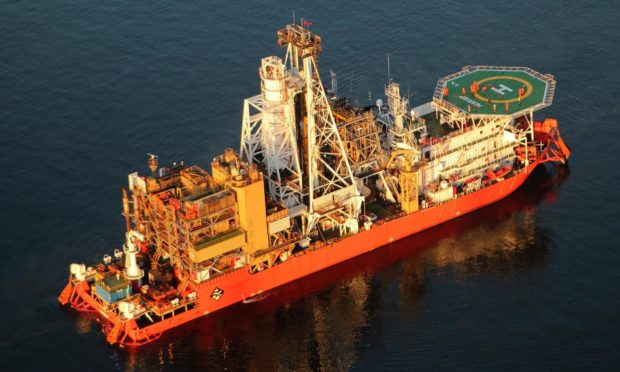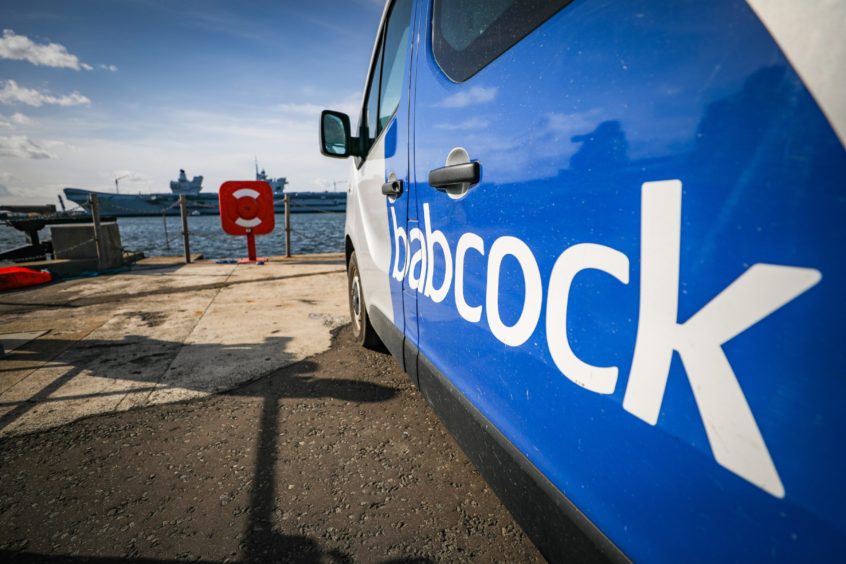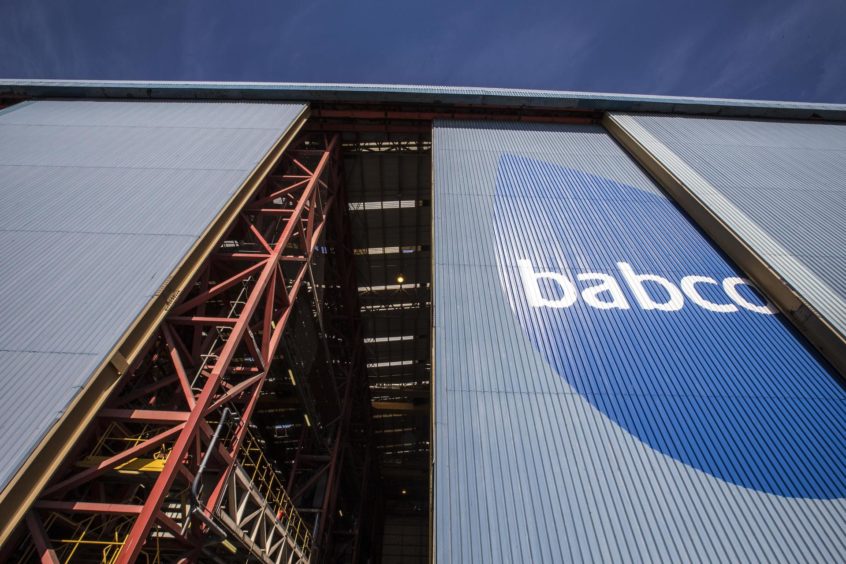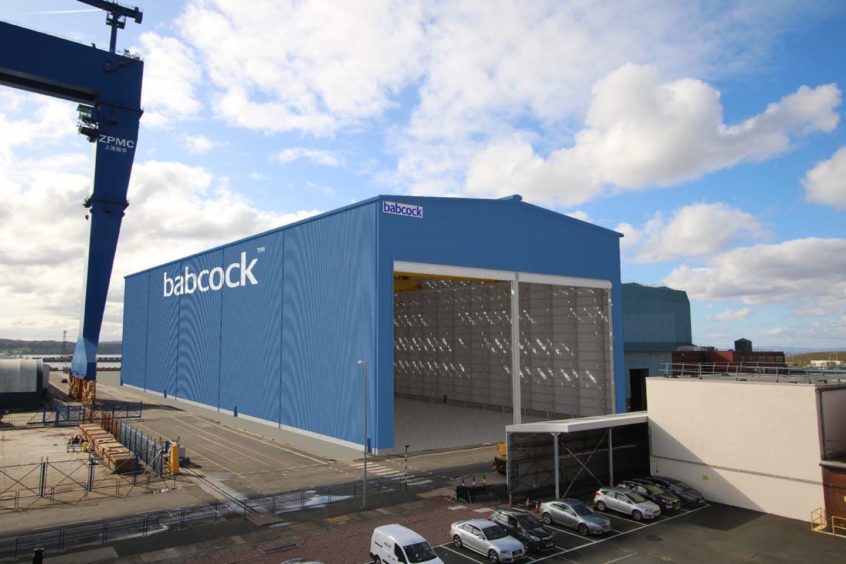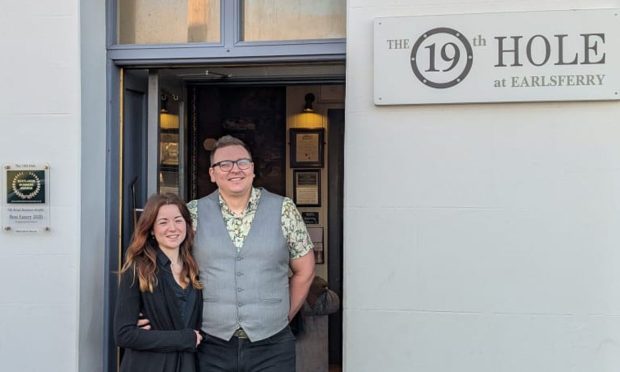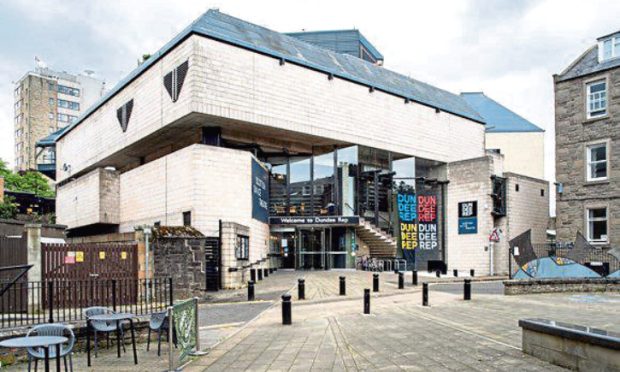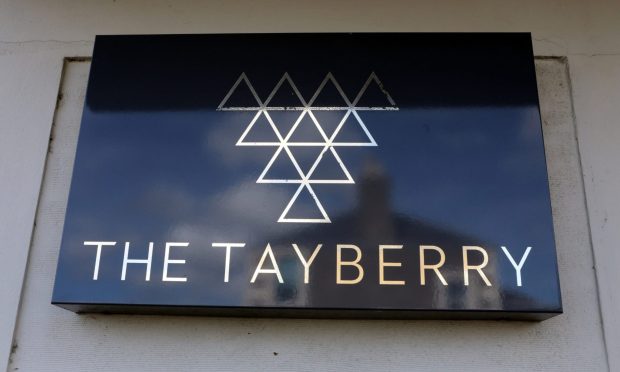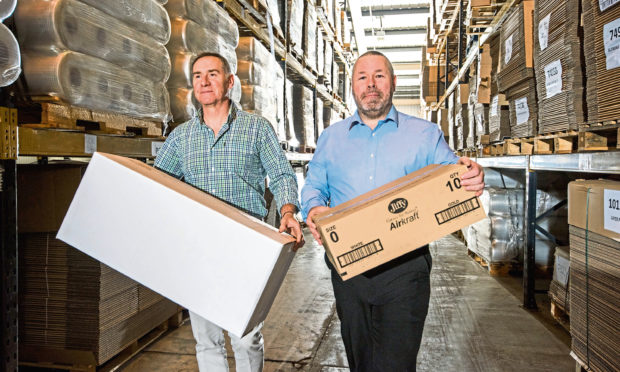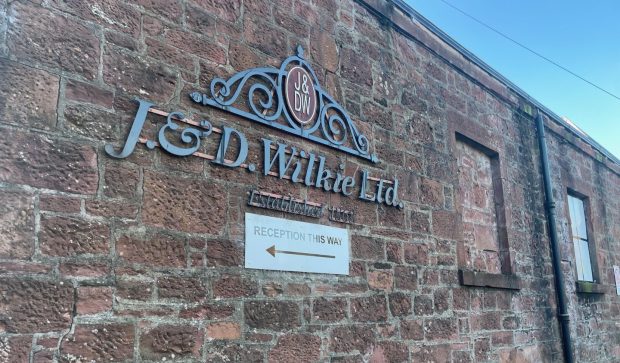Rosyth-based staff at defence firm Babcock have overseeing the upgrade of a mining ship 8,500 miles away.
Babcock was awarded the contract by the De Beers Group last year to upgrade MV !Gariep.
When news of the work came through mechanical engineer Scott Davidson assumed he’d be packing his bags for South Africa.
Covid-19 and subsequent Government advice put paid to those plans.
But using state-of-the-art technology the Kingdom workers planned and oversaw the work while working from home.
‘Amazed’ to complete job from Rosyth
Mr Davidson, who worked on the design, explained the novel approach.
“I was excited when I heard we were awarded the De Beers contract and assumed the project would be based in South Africa,” he said.
“I was amazed to discover the project would be carried out in Rosyth.
“We were provided with a 3D laser scan of the compartments affected by the upgrade on the !Gariep vessel along with system drawings.
“We built up a 3D model of the structures, equipment and systems which would remain once the old equipment had been removed.”
The ship’s existing equipment was coming to the end of its life. Work included removing two existing engines and installing two medium speed generator sets, new switchboards and two electric propulsion systems.
De Beers had chosen its preferred replacement equipment. The challenge for Babcock was to ensure it integrated in the optimal way with the ship structure and systems.
The Rosyth team completed the last four months of the project while working from home.
‘Huge achievement’ for Fife workers
Sean Donaldson, managing director for Babcock at Rosyth, praised the staff for their ingenuity.
“During globally challenging times, our experienced engineering and design team have worked innovatively using technology such as 3D modelling to ensure that we deliver for our customer,” he said.
The team were able to optimise the position of the new equipment and systems.
More than 1.3 kilometres of piping and cables were fitted largely clash free. Babcock said this was a “huge achievement”.
While the new equipment enables significantly improved efficiencies and reduces carbon emissions, the arrangements and design also focused on safety.
Safe access for operations as well as design for ease of maintenance were important drivers during the design process.
The team working on this project included structural engineers, naval architects, electrical and mechanical systems engineers.
With the new electrically driven propulsion system, the vessel is now successfully back in service.
The vessel is owned by Debmarine Namibia, a joint venture by De Beers and the Namibian Government.
